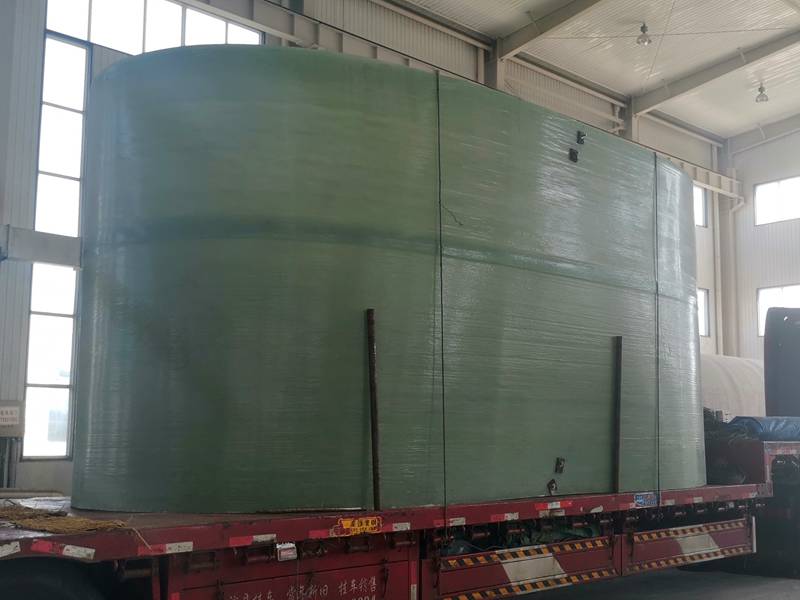
-
 Afrikaans
Afrikaans -
 Albanian
Albanian -
 Amharic
Amharic -
 Arabic
Arabic -
 Armenian
Armenian -
 Azerbaijani
Azerbaijani -
 Basque
Basque -
 Belarusian
Belarusian -
 Bengali
Bengali -
 Bosnian
Bosnian -
 Bulgarian
Bulgarian -
 Catalan
Catalan -
 Cebuano
Cebuano -
 China
China -
 China (Taiwan)
China (Taiwan) -
 Corsican
Corsican -
 Croatian
Croatian -
 Czech
Czech -
 Danish
Danish -
 Dutch
Dutch -
 English
English -
 Esperanto
Esperanto -
 Estonian
Estonian -
 Finnish
Finnish -
 French
French -
 Frisian
Frisian -
 Galician
Galician -
 Georgian
Georgian -
 German
German -
 Greek
Greek -
 Gujarati
Gujarati -
 Haitian Creole
Haitian Creole -
 hausa
hausa -
 hawaiian
hawaiian -
 Hebrew
Hebrew -
 Hindi
Hindi -
 Miao
Miao -
 Hungarian
Hungarian -
 Icelandic
Icelandic -
 igbo
igbo -
 Indonesian
Indonesian -
 irish
irish -
 Italian
Italian -
 Japanese
Japanese -
 Javanese
Javanese -
 Kannada
Kannada -
 kazakh
kazakh -
 Khmer
Khmer -
 Rwandese
Rwandese -
 Korean
Korean -
 Kurdish
Kurdish -
 Kyrgyz
Kyrgyz -
 Lao
Lao -
 Latin
Latin -
 Latvian
Latvian -
 Lithuanian
Lithuanian -
 Luxembourgish
Luxembourgish -
 Macedonian
Macedonian -
 Malgashi
Malgashi -
 Malay
Malay -
 Malayalam
Malayalam -
 Maltese
Maltese -
 Maori
Maori -
 Marathi
Marathi -
 Mongolian
Mongolian -
 Myanmar
Myanmar -
 Nepali
Nepali -
 Norwegian
Norwegian -
 Norwegian
Norwegian -
 Occitan
Occitan -
 Pashto
Pashto -
 Persian
Persian -
 Polish
Polish -
 Portuguese
Portuguese -
 Punjabi
Punjabi -
 Romanian
Romanian -
 Russian
Russian -
 Samoan
Samoan -
 Scottish Gaelic
Scottish Gaelic -
 Serbian
Serbian -
 Sesotho
Sesotho -
 Shona
Shona -
 Sindhi
Sindhi -
 Sinhala
Sinhala -
 Slovak
Slovak -
 Slovenian
Slovenian -
 Somali
Somali -
 Spanish
Spanish -
 Sundanese
Sundanese -
 Swahili
Swahili -
 Swedish
Swedish -
 Tagalog
Tagalog -
 Tajik
Tajik -
 Tamil
Tamil -
 Tatar
Tatar -
 Telugu
Telugu -
 Thai
Thai -
 Turkish
Turkish -
 Turkmen
Turkmen -
 Ukrainian
Ukrainian -
 Urdu
Urdu -
 Uighur
Uighur -
 Uzbek
Uzbek -
 Vietnamese
Vietnamese -
 Welsh
Welsh -
 Bantu
Bantu -
 Yiddish
Yiddish -
 Yoruba
Yoruba -
 Zulu
Zulu
Advanced Manufacturing Techniques for FRP Winding Machines in Composite Industry Applications
Understanding FRP Winding Machines Advancements and Applications
Fiber Reinforced Polymer (FRP) composites have gained widespread popularity across various industries due to their exceptional mechanical properties, lightweight nature, and corrosion resistance. A key component in the production of FRP materials is the FRP winding machine. This sophisticated piece of equipment plays a crucial role in the manufacturing process of composite materials, enabling the creation of high-strength and durable structures that are essential in sectors such as aerospace, automotive, construction, and sports equipment.
What is an FRP Winding Machine?
An FRP winding machine is a specialized device that automates the processes of winding fiber materials around a core or mold to create a composite structure. Typically, these machines employ a range of fibers, including glass, carbon, and aramid, which are impregnated with resin to form a homogeneous and strong composite material. The winding process is essential for ensuring that the fibers are correctly oriented and uniformly distributed, which directly affects the mechanical properties of the final product.
Key Features and Technologies
Modern FRP winding machines come equipped with advanced technologies to enhance efficiency and precision
. Some notable features include1. Computer Numerical Control (CNC) CNC technology allows for precise control over the winding process, enabling complex patterns and angles that optimize the strength and stiffness of the composite.
2. Automatic Tension Control Maintaining consistent tension during the winding process is crucial to achieve uniform thickness and quality. Advanced machines are equipped with automated tension control systems that adjust the tension in real-time.
3. Multi-Axis Capabilities Many machines are designed with multi-axis configurations, allowing for winding in multiple directions. This versatility supports the production of complex shapes and designs, which are increasingly required in modern applications.
4. Integrated Resin Transfer Systems Some FRP winding machines include integrated systems for resin application, ensuring better impregnation of the fibers and reducing production time.
frp winding machine

5. Data Monitoring and Analytics With the integration of IoT (Internet of Things) technologies, manufacturers can now monitor the winding process in real-time, collect data, and analyze performance metrics. This allows for predictive maintenance and quality assurance.
Applications of FRP Winding Machines
FRP winding machines serve a broad range of applications across different industries
- Aerospace In the aerospace sector, FRP composites are used extensively for manufacturing lightweight components that enhance fuel efficiency while ensuring structural integrity.
- Automotive The automotive industry utilizes FRP materials in the production of components such as body panels, chassis, and interior parts, driving advancements in performance and reducing overall vehicle weight.
- Energy FRP winding machines are crucial in the production of wind turbine blades, where strength and lightweight properties are vital for efficiency and durability.
- Civil Engineering In construction, FRP composites are utilized for reinforcing structures, offering resistance to environmental degradation and improving load-bearing capabilities.
Conclusion
The importance of FRP winding machines in the production of composite materials cannot be overstated. As technology continues to advance, these machines are becoming more efficient, versatile, and capable of producing complex geometries that meet the demands of various industries. The integration of smart technologies, such as IoT and automation, is further revolutionizing the manufacturing landscape, ensuring that the production of FRP composites is not only faster but also of higher quality. As industries increasingly seek lightweight and durable materials, the role of FRP winding machines will surely expand, paving the way for future innovations in composite manufacturing.









